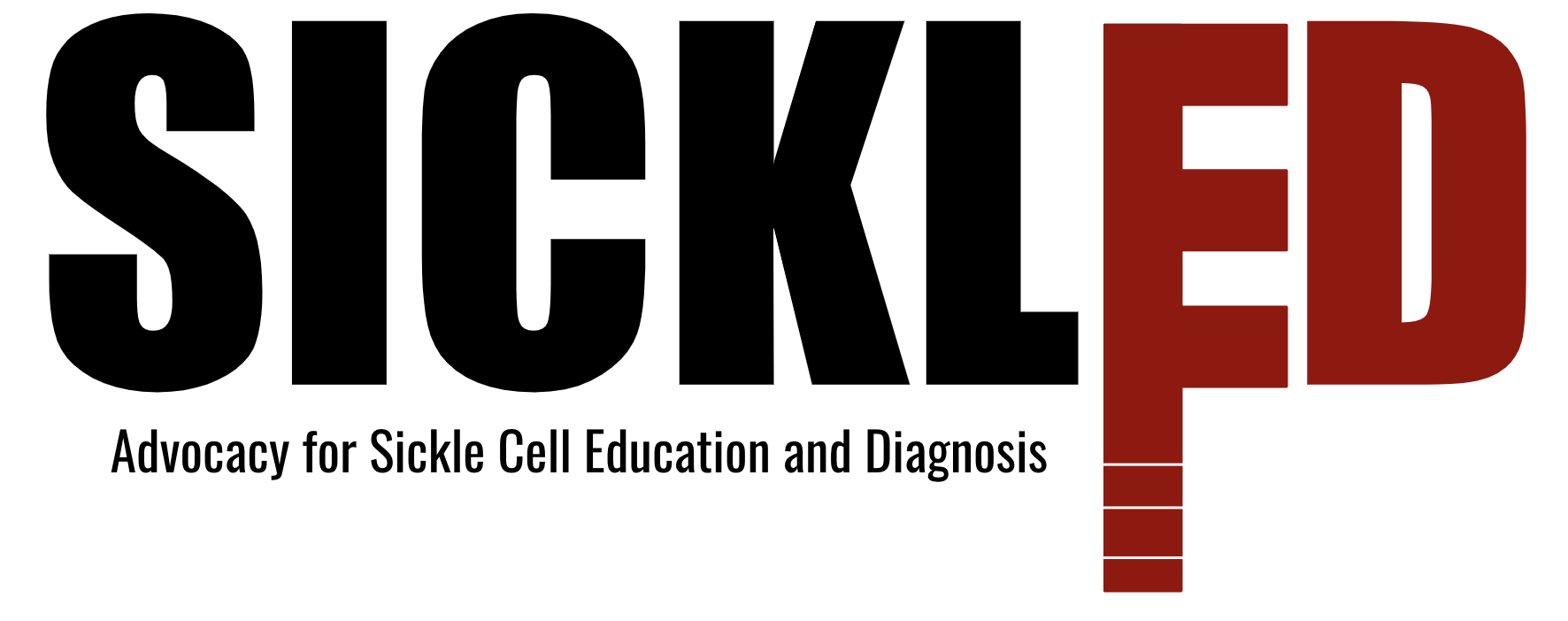After our expeditions to Freetown and Kono, we had two crucial meetings that had the potential to shape the rest of fieldwork. Unbeknownst to us, there was to be a large medical conference right here in Makeni, featuring some of the most prominent figures in noncommunicable disease work for all of Sierra Leone. With some last preparations at World Hope, we left around 2:00 for our meeting at the Royal Hotel. There, the Director of Noncommunicable Diseases for the Ministry of Health was waiting to meet with the SicklED team. The hotel was relatively close to World Hope and had two conferences/workshops active at the same time. We walked up a set of spiral stairs to a large meeting room where we met the director. Staff led us to a separate room in order to talk privately.

Our conversation detailed all that our team had been doing to support the overall end-to-end system of sickle cell in Sierra Leone. We displayed our various materials as well as our test strips, SOP, and future plans. However, this is where things took a grand turn. The minister, after having reviewed our work, provided us with a potential meeting with the Chief Medical Officer of Sierra Leone in Freetown. It seems as though our work is becoming less centered in Makeni and focused in Freetown and Kono. These two cities already have advanced sickle cell programs and clinics but the problem remains that they are six hours apart by car and even more by motorbike. Makeni acts as an in-between point but lacks any sort of strong sickle cell infrastructure. We all agreed that these advocacy groups need to talk to each other to unify efforts and share materials rather than independently leading initiatives in their respective regions. By the end of this trip, we hope to have a group of advocacy groups talking to each other to bolster the country’s efforts.
SicklED returned to the World Hope office and awaited our second meeting with the doctor we had met in Kono the day before. With him, he had brought a colleague from “the bush” of Sierra Leone, someone who was currently working for a major NGO. Our discussion was by far the best we had had yet. Every topic we covered, the pair seemed to have vital insights, many of which we had not necessarily considered before. In talking test strips, they acknowledged the fact that other tests are too expensive. One idea that was thrown out was the concept of preparing a test that only tests for HbA. Lowering the number of antibodies required could drastically reduce costs per test while still offering the same result. Patients and clinics would be able to identify if a patient was SS by the absence of the HbA line. The strip would not be able to depict AS or AA but, as a screening tool, the effect would essentially be the same. In terms of our educational materials, the doctors completely agreed with the targets being PHUs, hospitals, and, most importantly, schools. They especially entertained our idea of encouraging sickle cell clubs in schools, almost acting as group therapy or focus groups to support students. Since the root of knowledge in Sierra Leone is the school system, and, as our research indicated its weakness in the past, we want to introduce materials for teachers and students. Being more familiar with the people, their main recommendations were additional visuals and a few rewordings to enhance its impact for all ages and literacy levels. 
As we turned our attention towards our CME course, we received a mixture of reactions. Positively, building a course fit to Sierra Leone’s context would truly benefit the medical staff of the country. Because doctors do not often see sickle cell patients, they are unfamiliar with common protocols or recommendations for treatment and care. Therefore, incorporating a CME course that refreshes professionals on this topic without the advanced care options of industrial giants would be essential. The only problem is the accessibility, As our course would be provided online, it could prove difficult for some people to take it. Our plan, however, is that the course can be adapted to a workshop format while maintaining the certification, allowing for communal CME credits to be earned. Finally, our last topics were the SOP and data collection. Although the doctors agreed with the concept, there was only one idea that caused contention and debate: newborn screening. Our original model featured newborn screening becoming the main avenue for our device. However, the NGO doctor provided a new take on the situation. Just screening for a disease at birth could be a greater problem for people, as the acknowledgement does not address treatment or maintenance which remains costly and unaffordable to the general population. Our plan, to combat this, is to work the information as a preventative measure, increasing parental awareness of cuts or scrapes and nutrition to avoid any intense or life-threatening infections for under fives.
Although neither doctor was from Sierra Leone, nor any member of SicklED, it seemed as though we all understood what needed to be done to build this sustainable disease management system. The difficulty is the concept that none of us are natives, meaning we would require Sierra Leonean input and acceptance. As foreigners, we should be supporting the work of people here, not paving the way for new programs nor battling the process. Sierra Leone may not have the infrastructure and abilities of other countries; yet, from the work of the people, growth is sprouting from under the framework.
